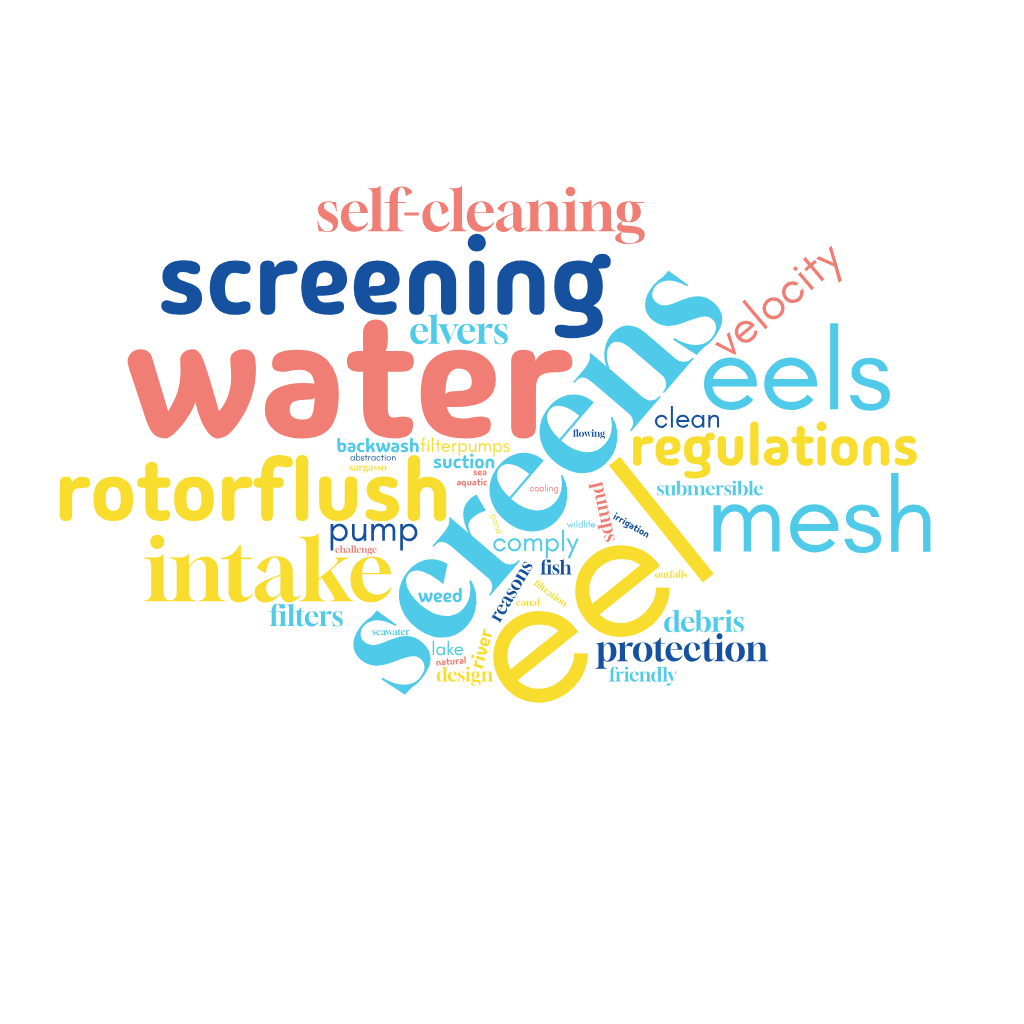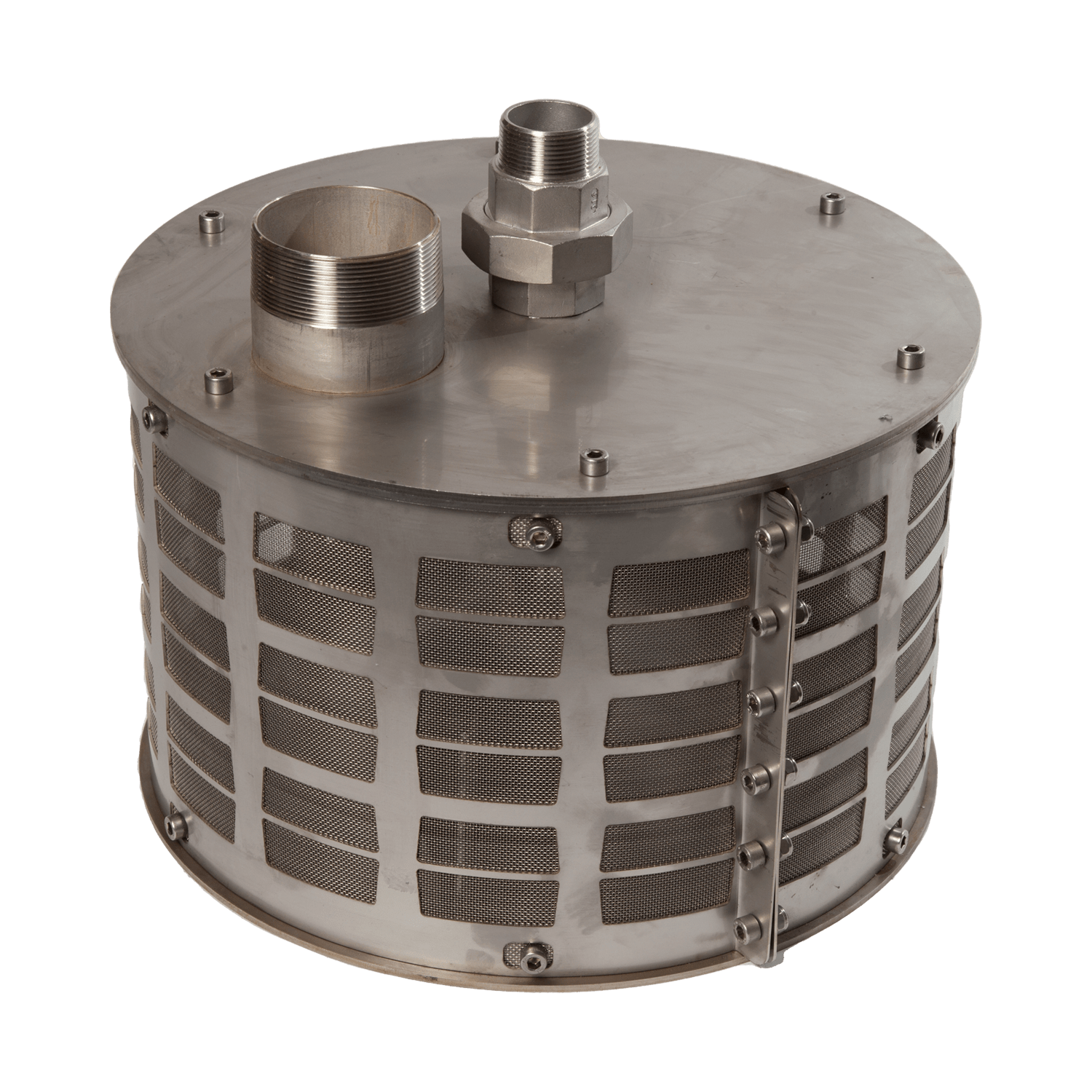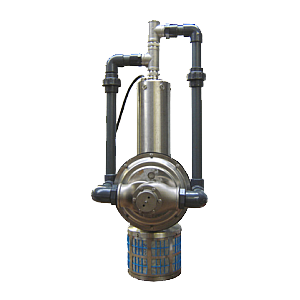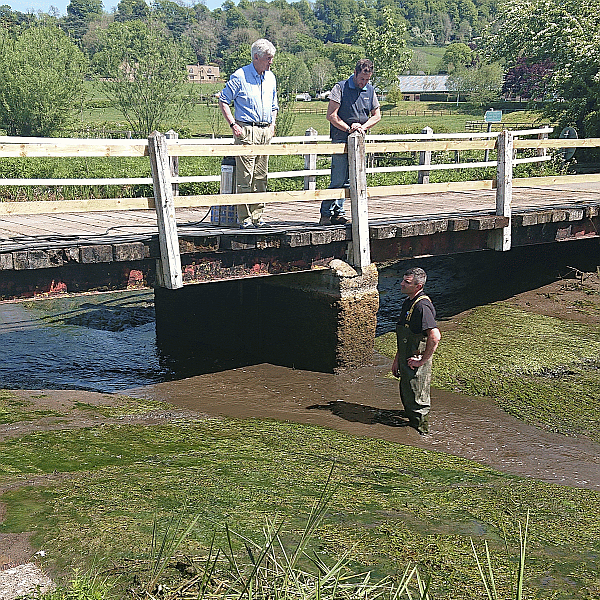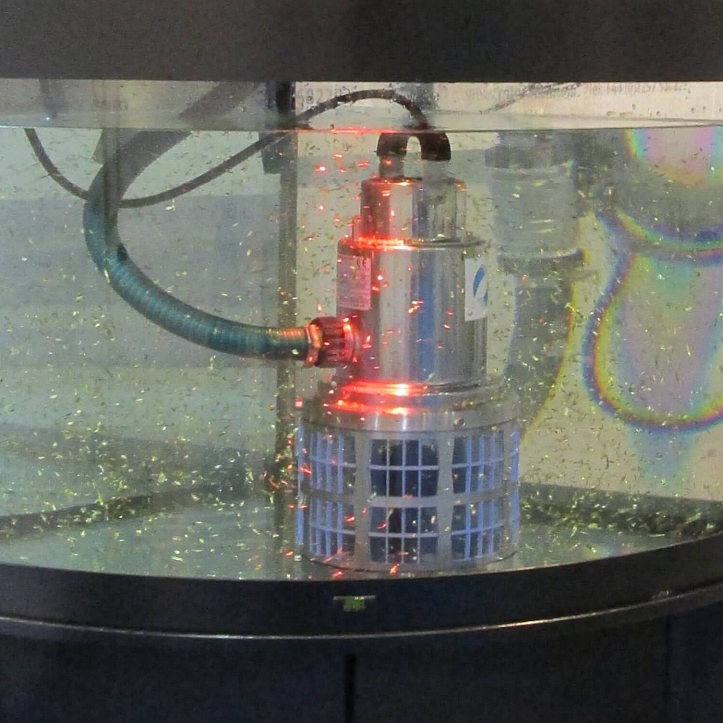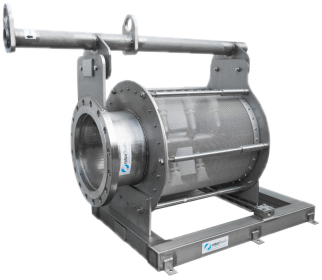What is an Eel Screen
What are Eel Screens?
An Eel Screen is....
…typically a screen ahead of a raw water or natural water intake or abstraction point designed to protect young eels as they complete their migration from the Sargasso Sea to Europe. Young eels (glass eels and elvers) and the fry of other fish can become trapped or die if they pass through the water intakes and pumps supplying water treatment works, cooling systems, or irrigation equipment.
An Eel Screen is any screening at intakes and outfalls intended to protect young eels, and to comply with Eel protection regulations. They are therefore made with small mesh apertures (typically 2mm or less) to prevent eels from getting through into water systems, and designed so that the approach velocity of water to the screen is low (0.1 m / sec or less), allowing small aquatic creatures - including elvers and glass eels - to free themselves if they become trapped against the screen.
Traditional bar screens - as pictured - are very dangerous to young eels and fish.
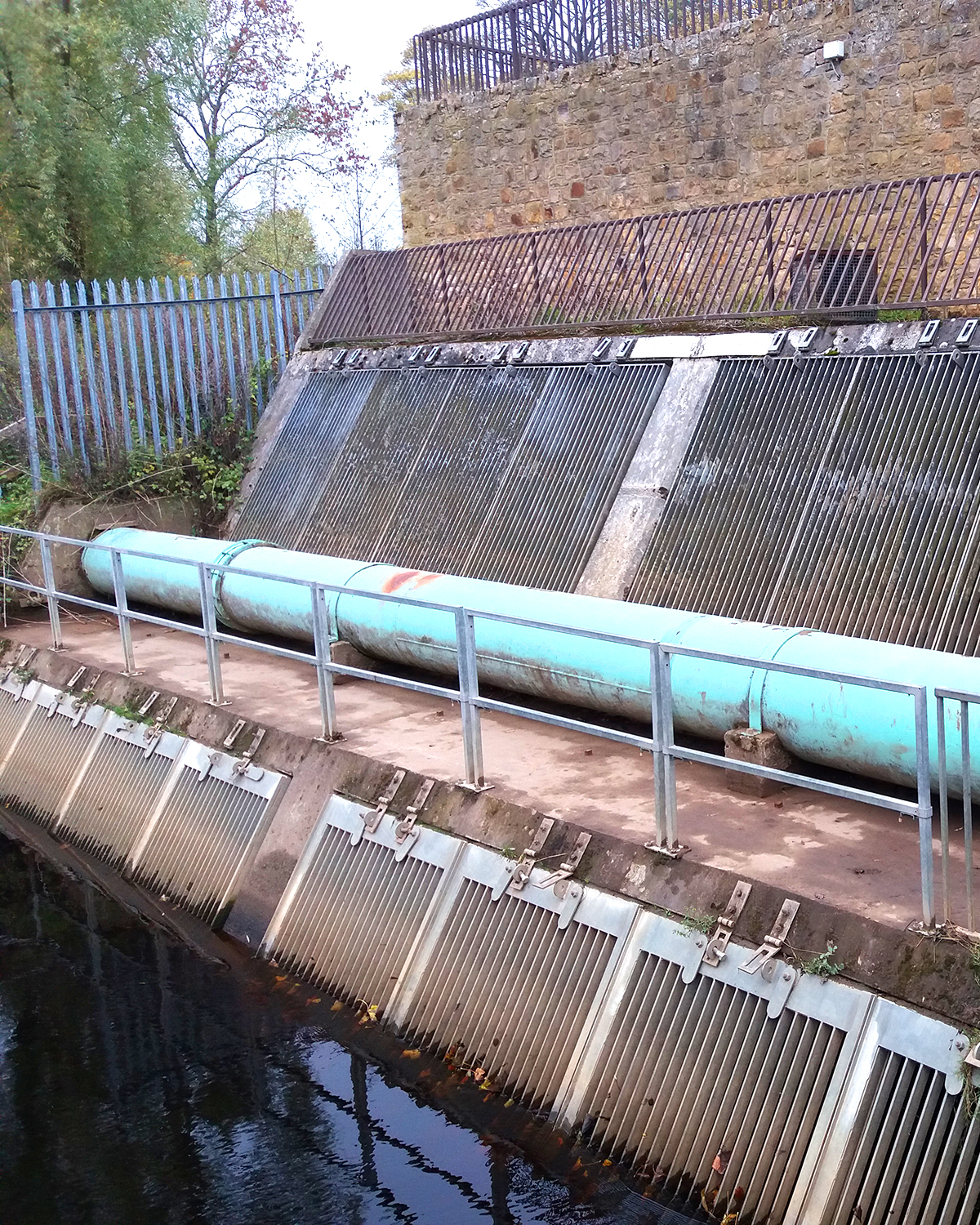
Typical Eel Screens
Well, there are no typical eel screens, and for good reasons. Locations vary hugely; depth of water, water quality, topography need to be considered. Moving many 1000's of tonnes of raw water through 2 mm mesh, ensuring no more than 0.1 metres a second approach velocity also presents challenges.
The first is constraining the intake velocity; how to do this is very simple - for any given flow rate the velocity is slower the bigger the screen area, so for some water intakes the overall area needed for eel screening can be large.
The second challenge is that river, lake, pond, canal and seawater, however clean, is always going to block up a 2 mm mesh screen sooner rather than later with weed, leaves and any other debris or particulate that finds it way into our water courses.
Velocity.
Intake screens can be static - flat wedge wire screens across the whole width of an intake, ensuring sufficient mesh area to ensure a slow through flow. Others are designed as a kind of Jacobs ladder, band screens that rotate upwards lifting debris as water is screened. Some sit on the river or lake bed, a tube of wedge wire, blasted clean periodically by compressed air. And some are smaller, cylindrical and more suited to temporary installations. In all cases, the screen area will determine the maximum flow rate the screens can handle while still complying with regulations for el protection.
Keeping the Screen Clean
2 mm aperture mesh screens will gather weed, leaves, litter….. Different screen types approach this issue in different ways. Band screens lift any debris out of the water and either use spray bars or gravity to clear the mesh. Others use brushes to clear the mesh, and submerged screens use compressed air. Others use water to backwash the mesh periodically or continuously, depending on design.
In all cases the purpose is to maintain a flow of water for use while protecting wildlife.
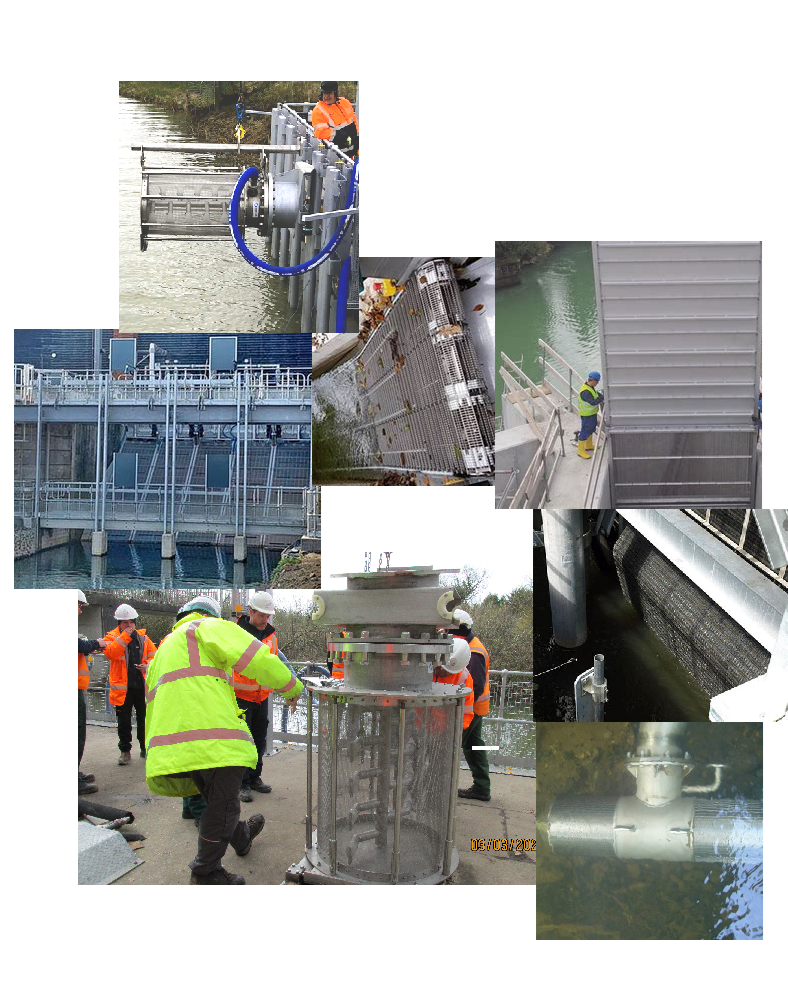
Bluffers Guide to Eel Screening
The reasons for Eel screens and Eel screening, the criteria for Eel screens and screening, regulations and compliance, screen selection, where Eel screening applies, and to whom - it's a lot to know.
Fortunately, your cuddly chums at Rotorflush Filters Ltd have put together some easy to scan info giving you the basics - try the links below…
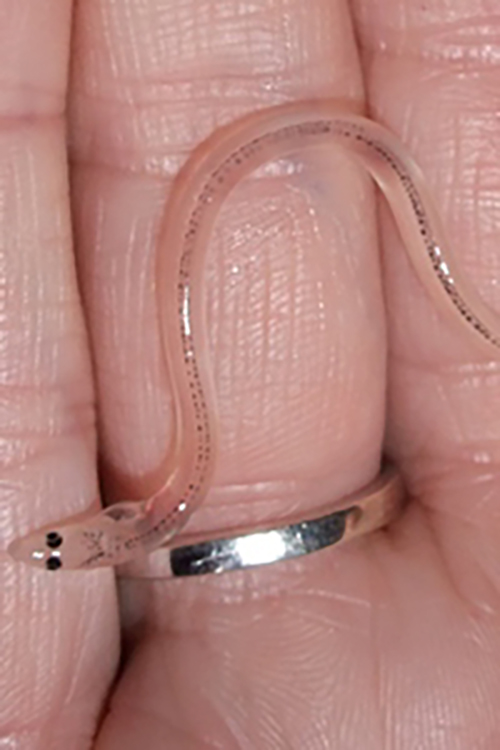
Self-cleaning Eel Screens
Keeping the mesh clear and water flowing.
Rotorflush Filters Ltd have been fortunate in that the basic modular design of all their self-cleaning suction intake products is predicated on low intake velocities and the ability to continuously backwash small and fine aperture intake screen mesh.
As Eel Protection requirements kicked in, our products already enabled our customers to comply with the regulations, and enjoy low maintenance reliable raw water screening. Indeed, some of our competitors, who offer fixed location, large scale, civil engineered, wedge wire screening, use our filterpumps to keep the wedge wire clear.
This is because Rotorflush filterpumps - submersible pumps with integral self-cleaning intake screens, - can pump high pressure water while complying with eel regulations. Better still, the 2 mm or less screen on the pump suction intake does not block and prevents spray bars and nozzles from blocking. How do we do it?
<-- Here's a clue…
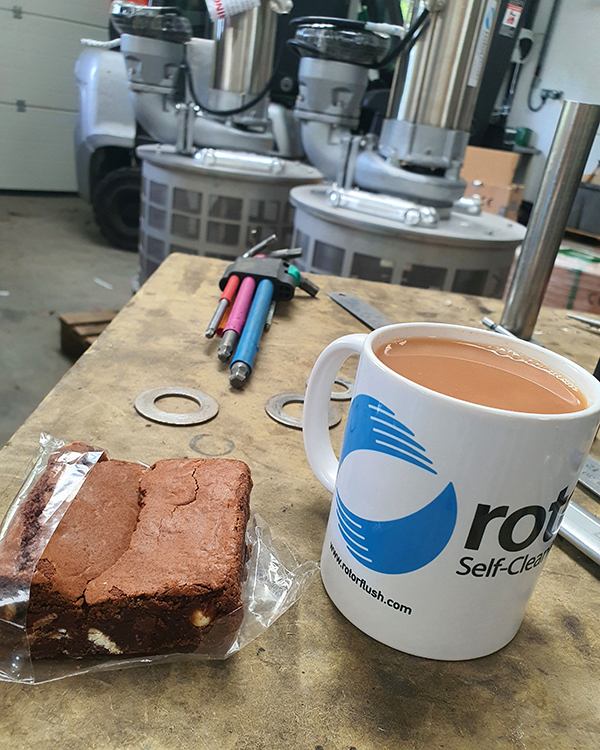
Find out more about Rotorflush Eel Screens
Get in touch to find out more about how Rotorflush self-cleaning pump filters and self-cleaning filtration products can benefit you (and Eels!)
Contact the Rotorflush team for a discussion with our knowledgeable and friendly staff.
